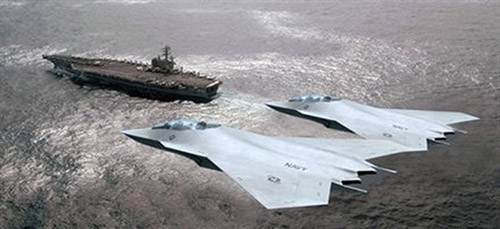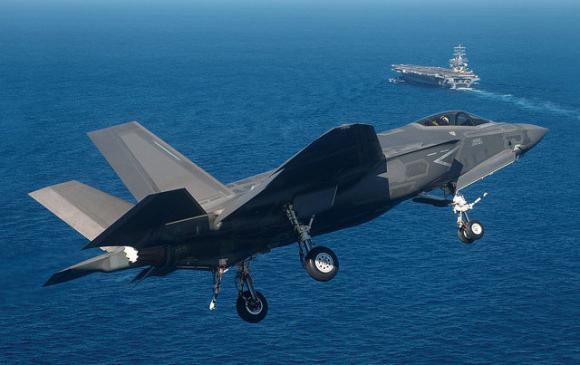The United States Navy has officially authorized the AOA, Analysis Of Alternatives, to identify the future substitute of the F-18 fleet embarked on the aircraft carriers.
The Next Generation Air Dominance, previously called F / A-XX, it could give light to various platforms to replace F-18E / F and EA-18G Growler, variant from electronic connection. The decision to focus on different cells was suggested by the Navy following the potential threats that the air group will have to tackle starting from the 2030.
The NGAD will have to balance a series of requirements (lethality, convenience and survival ability) for a new family of systems capable of performing broad-spectrum missions. The US Navy mainly asks for assets that can guarantee air superiority and an ability to attack in a hostile context. Emerging threats include new Chinese fighters and Russian missile defense systems such as the S-400 / 500. The autonomy for the NGAD will be decisive. Indeed, it will have to guarantee an optimal range in a limited context.
American aircraft carriers are the symbol of the projection of US power in the world, but carriers can only operate in certain permissive contexts. The Chinese ascent with missiles Dong Feng, for example, requires the US Navy to operate at a safe distance. This means a limitation on the ability to project US power in the globe and a review of the American aeronaval strategy.
The decision to cancel the substitute of theIntruder, the A-12 Avenger II, is today considered one of the biggest mistakes in the history of the US Navy. With the withdrawal of the service of the beloved Tomcat, a missile platform for i Phoenix, the navy began to embark the F / A-18 Hornet, originally conceived as fighter for maneuvered combat and light attack.
Analyzing the projection capacity, it turns out that the most powerful navy in the world has gone from a radius of projection of 800 nautical miles in the 1996 to 500 in the 2006. Paradoxically, the reduction in the US embarked projection coincided with the entry into service of the systems Anti-Access / Denial Area Chinese and with weapon systems with a range of more than a thousand nautical miles. The Navy hopes to succeed in countering emerging threats, thanks to the capabilities of the NGAD family, keeping the carrier's role in future contexts centralized.
 The US Navy should buy between the 250 and the 430 F-35C: the AOA for the Next Generation Air Dominance complicates things a little. The US Navy, in fact, has never included in the primary specifications for its future fighter embarked one low observability platform. Thanks to the vision of the future use of the F-35 (no longer a universal hunt, but specific according to general directives never fully shared), the Navy now (a few years ago the approach was different) wants a multirole attack platform capable to impose air superiority and not a tactical fighter.
The US Navy should buy between the 250 and the 430 F-35C: the AOA for the Next Generation Air Dominance complicates things a little. The US Navy, in fact, has never included in the primary specifications for its future fighter embarked one low observability platform. Thanks to the vision of the future use of the F-35 (no longer a universal hunt, but specific according to general directives never fully shared), the Navy now (a few years ago the approach was different) wants a multirole attack platform capable to impose air superiority and not a tactical fighter.
A certain confusion is undeniable, considering also the development (already advanced) for the drone Penetrating Counterair (PCA), again for the US Navy, which would also have theair dominance. Within six months a final report will be drawn up where the results of the study and the subsequent recommended solutions will be illustrated. Should it be deemed sufficient, the Navy will begin the capacity building process. By the middle of the 2017 the first could already see the light concept.
There is only one question: how will the Navy be able to finance the NGAD program?
(photo: Lockheed Martin / Boeing)












